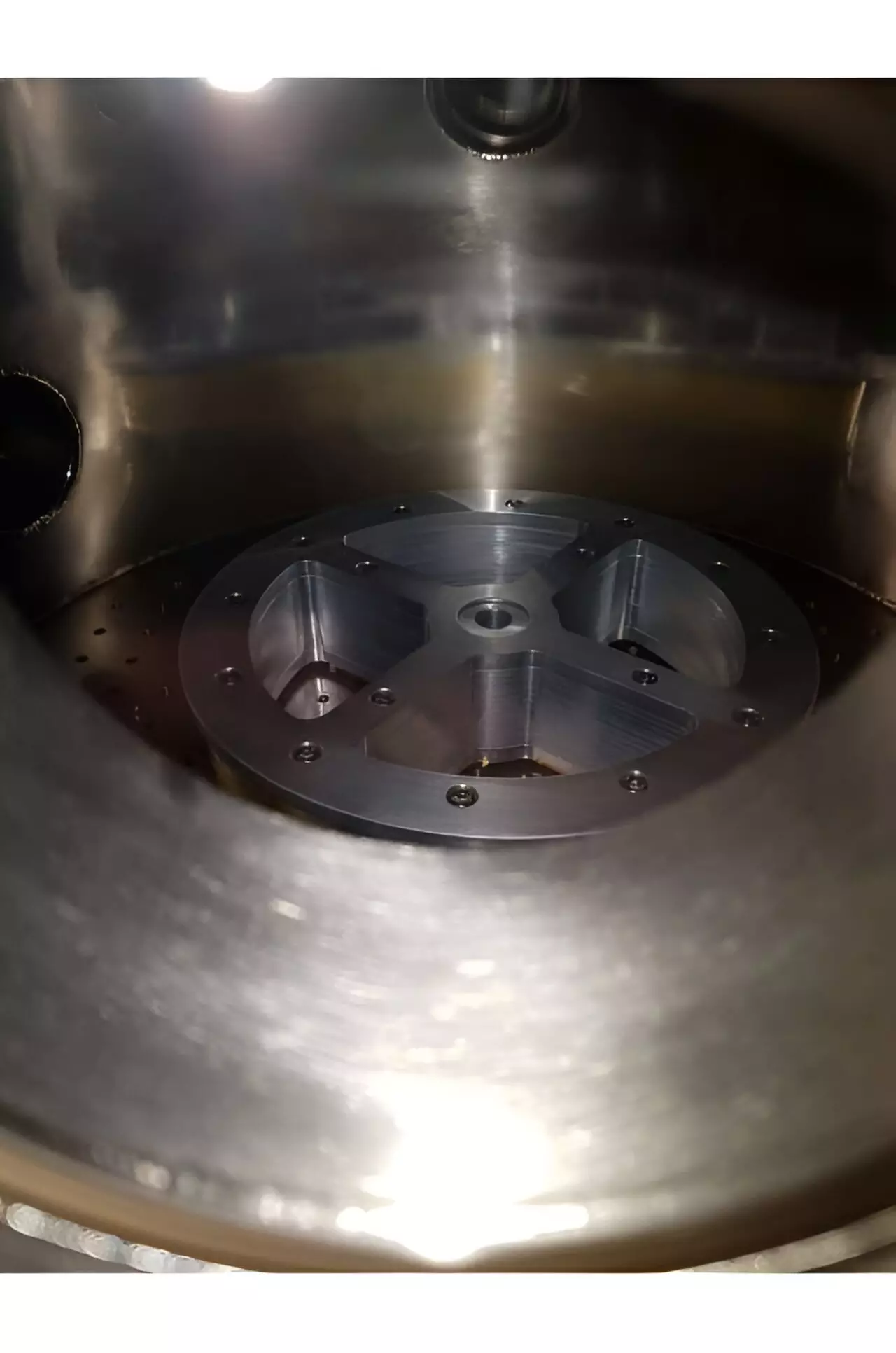Researchers in Italy have developed a groundbreaking prototype fiber optic gyroscope to monitor ground rotations caused by earthquakes in the volcanic area of Campi Flegrei in Naples. Led by Saverio Avino from CNR-INO, the team aims to improve risk assessment and strengthen early warning systems in this densely populated region. By capturing both linear and rotational movements during seismic activity, a deeper comprehension of the Earth’s internal dynamics and seismic sources can be achieved.
The preliminary observational data from the rotational sensor, which consists of a 2-km long fiber-optic gyroscope, has exhibited promising results. Over a span of five months, the gyroscope effectively detected noise and ground rotations stemming from small to medium local earthquakes. With Campi Flegrei being home to three active volcanoes and a population of 3 million, the implementation of this innovative technology is essential for comprehensive monitoring and assessment.
Gyroscopes are instrumental in detecting changes in orientation or angular velocity, making them invaluable tools for measuring seismic waves. Leveraging the Sagnac effect, where light traveling in opposite directions undergoes variations in travel times, the fiber-optic gyroscope can detect angular velocity with exceptional precision. This advanced technology opens up new avenues for studying seismic and volcanic phenomena in the Campi Flegrei region.
The researchers meticulously assembled the prototype fiber-optic rotational sensor using standard laboratory equipment. By intricately winding a 2-kilometer-long optical fiber cable around an aluminum spool, they were able to create a high-resolution gyroscope capable of continuous data recording. The successful implementation of this technology signifies a significant step forward in monitoring ground rotations in earthquake-prone areas.
Future Prospects for Ground Rotation Observatories
While the current prototype can only measure one directional component of rotation movement, plans are underway to develop a three-axis gyroscope for comprehensive monitoring. By combining multiple gyroscopes oriented along different axes, researchers aim to capture all three components of rotational movement. The ultimate goal is to establish a permanent ground rotation observatory in the Campi Flegrei region to bolster seismic and volcanic monitoring efforts.
The development and implementation of fiber-optic gyroscopes represent a major breakthrough in the field of earthquake monitoring. With the potential to enhance risk assessment, improve early warning systems, and deepen our understanding of seismic activity, this innovative technology holds immense promise for safeguarding vulnerable regions like Campi Flegrei. By continuing to refine and expand upon these advancements, researchers can pave the way for more effective seismic and volcanic monitoring strategies in the future.


Leave a Reply